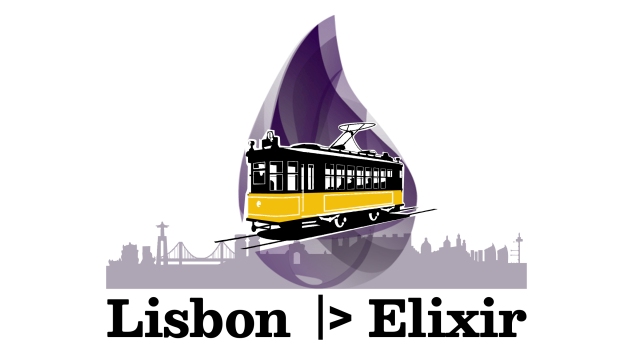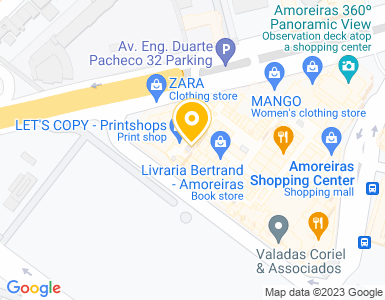
The third edition of Lisbon |> Elixir is here and this time we're going to have two talks by members of our community
Tiago Sousa from Talkdesk will give an historic overview of the usage of Elixir at Talkdesk, as well as the benefits and insights learned from using Elixir in production.
Luís Ferreira from Subvisual will give a talk titled Winter is Coming:
"Yeah, that was a bad pun, but on this talk we'll go over how to build an umbrella app in Elixir and Phoenix. As a bonus we'll also cover a few of the differences between umbrella apps and microservices as well as how the Elixir community is moving towards a more thoughtful architecture for apps.
Umbrella apps are a type of Elixir (and Erlang) application that allow you to have nested OTP applications as part of the same bigger ecosystem. You can think of them as a sort of microservice architecture in which the bulk of the infrastructure work is handled for you by the VM. It makes super nice and easy to handle inter dependencies, integration testing, different scaling needs, distribution, etc… A part of extracting multiple apps is thinking where to define the boundaries, that's where DDD, bounded contexts and aggregates come into play, and even though they are not something that came out of the Elixir or Erlang communities is something that is being discussed a lot as a way to build more maintainable, scalable and adaptable application."
Tiago Sousa from Talkdesk will give an historic overview of the usage of Elixir at Talkdesk, as well as the benefits and insights learned from using Elixir in production.
Luís Ferreira from Subvisual will give a talk titled Winter is Coming:
"Yeah, that was a bad pun, but on this talk we'll go over how to build an umbrella app in Elixir and Phoenix. As a bonus we'll also cover a few of the differences between umbrella apps and microservices as well as how the Elixir community is moving towards a more thoughtful architecture for apps.
Umbrella apps are a type of Elixir (and Erlang) application that allow you to have nested OTP applications as part of the same bigger ecosystem. You can think of them as a sort of microservice architecture in which the bulk of the infrastructure work is handled for you by the VM. It makes super nice and easy to handle inter dependencies, integration testing, different scaling needs, distribution, etc… A part of extracting multiple apps is thinking where to define the boundaries, that's where DDD, bounded contexts and aggregates come into play, and even though they are not something that came out of the Elixir or Erlang communities is something that is being discussed a lot as a way to build more maintainable, scalable and adaptable application."



There are no comments. Be the first one!